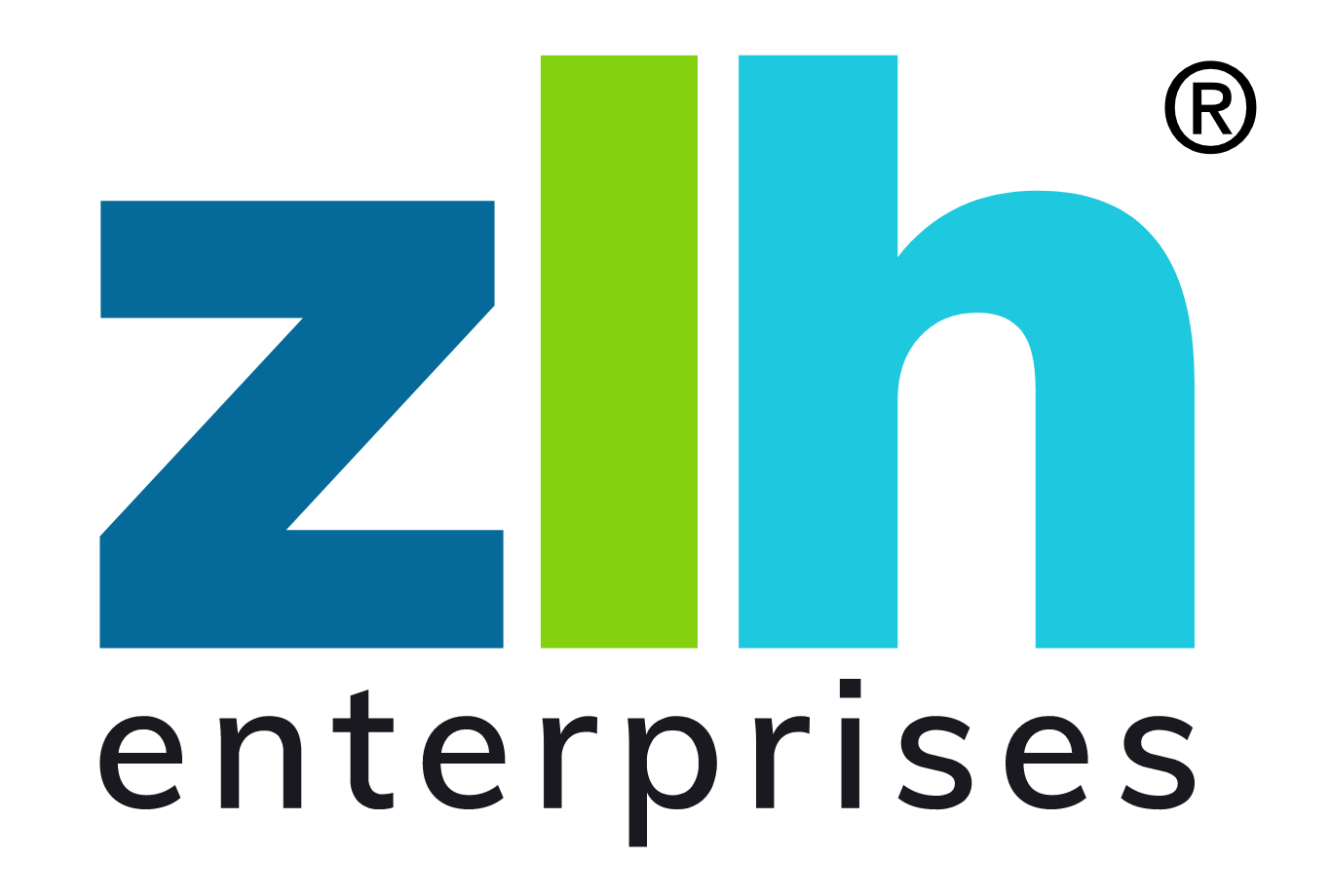Zina Hassel, President, and Founder of ZLH Enterprises
Member of The ASCII Group Since 2015
Like many of you, my company’s reputation is my brand. A strong, positive, reputation leads to customer loyalty and less churn. Those companies also attract better candidates for employment and typically have a higher market value. At some point, as business owners, we must assess the size and scope of intangible value such as brand, reputation, goodwill, and intellectual assets. These items can comprise upwards of 70% of the overall value of our businesses.
Establishing a solid brand reputation takes a lifetime of hard work and diligence to define, build, and earn. Unlike past business ecosystems, information travels in an instant. Spontaneous comments, reviews, and reports available online create an environment in which companies have less control over managing their reputation. Social media has taken public information about our business, employees and professional/personal lives to another level and added greater scope and complexity. Content from a quick tweet response on Twitter, a post on Facebook or LinkedIn, a photobomb on Instagram, or a bad review in Yelp can spread like wildfire. Negative information can hurt pending, existing and future business. Our company’s online reputation has become more critical, and as business owners, we must learn how to navigate these new and immediate communication challenges.
Since no company is immune to a PR crisis, many companies use consultants or have a communications team available to test, address, and mitigate a potential reputation crisis. In the world of mid-size and small businesses, the luxury of a dedicated team is not available. Once posted, damaging information may be hard to remove, and we must prepare to address the likelihood that harmful information can strike without warning.
Brand and reputation go hand-in-hand, so we must find options to protect and monitor various sources of information. The good news is there are numerous companies offering online alert services focused on company information and publication. Some services, such as Google Alert, are free and others are fee-based services depending on your specific requirements. When I implemented a plan to monitor and respond to any potential negative “press”, I went through some basic steps and put a policy in place to limit unplanned exposure of my business. Here are several quick and easy steps any business can take to begin the process:
1. Make your Business Reputation Priority #1:
Every company should begin by focusing on prevention rather than a crisis management “fix-it” plan. A prevention plan also serves as positive marketing, builds credibility for your business and creates a persona which is more difficult to tarnish.
2. Understand Your Current Digital Reputation:
Start your research by going online using multiple Internet browsers to determine what the web already says about your company. Use this information as part of your prevention planning. If there is already negative information reported, stop and determine the best course of action to resolve the issues. Make these Internet searches part of your required routine to stay aware of any changes.
3. Enlist Your Employees to be Part of Your Offensive Team:
Your employees are the front line to your clients and prospects. Customer Service, Sales, and Service Delivery interface with your clients daily. They are more aware of day-to-day issues that could lead to potentially damaging public exchanges on the Internet. Create a policy to encourage employees to keep you in the loop.
4. Encourage Your Satisfied Customers to Say Something:
Develop a practice for customers to “ring the bell” and let others know what a great experience they’ve had with your business. Advocacy builds your reputation and helps you defend your company.
5.Round-the-Clock Reputation Monitoring:
Your monitoring needs may vary based on the platform: social media mentions, comments, blog posts, RSS feeds and review sites. It is possible multiple alert services could be necessary to provide you with the coverage you require. The automatic notification of any mention or appearance of your company name gives you an edge.
6. Review “High-Risk” Online Services:
Make a list of online services that could pose an opportunity for fake reviews or postings by anonymous authors. Many companies use online recruiting websites for hiring, posting on professional blogs, or establishing a Wikipedia page where anyone can make changes. Make certain you are monitoring these sites as part of your prevention plan.
7. Develop a Social Media Policy:
Every company needs consistent professional profiles across all social media platforms. These profiles help you spread your influence and post your cohesive brand message.
8. Create a Policy to Mitigate Potential Negative Chatter:
Is the information harmful, can I handle this internally or do I need help? There are plenty of PR companies available to assist you in crisis resolution. Don’t be afraid to spend money to save your brand reputation. Your reputation is your wealth and a company’s most important asset. And, you can manage most “chatter” to a successful outcome through rapid, well thought out responses. Always respond in a positive and honest fashion with a willingness to correct the problem.
Regardless of the size and scope of your business, your reputation speaks volumes about your company. Reputation represents how you treat your clients, suppliers, and employees. Providing consistently great customer experiences can be rare in this impersonal digital age. Make it your priority to provide remarkable customer service and leave a positive impression. Leverage your client’s responses as part of your prevention plan to weather negative commentary and continue to build an excellent and valuable reputation.






